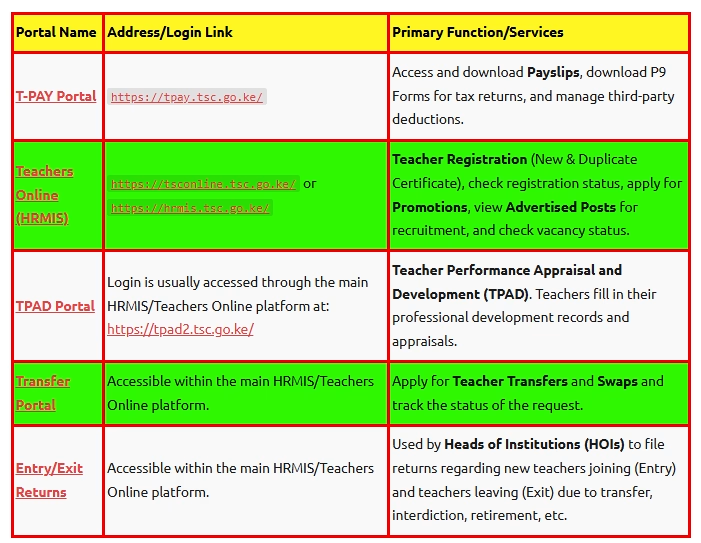TSC Official: How to contact TSC customer care
Looking at the most efficient, direct and quickest way of Contacting TSC? Worry no more. The Teachers Service Commission (TSC) of Kenya has several ways… Read More »TSC Official: How to contact TSC customer care
